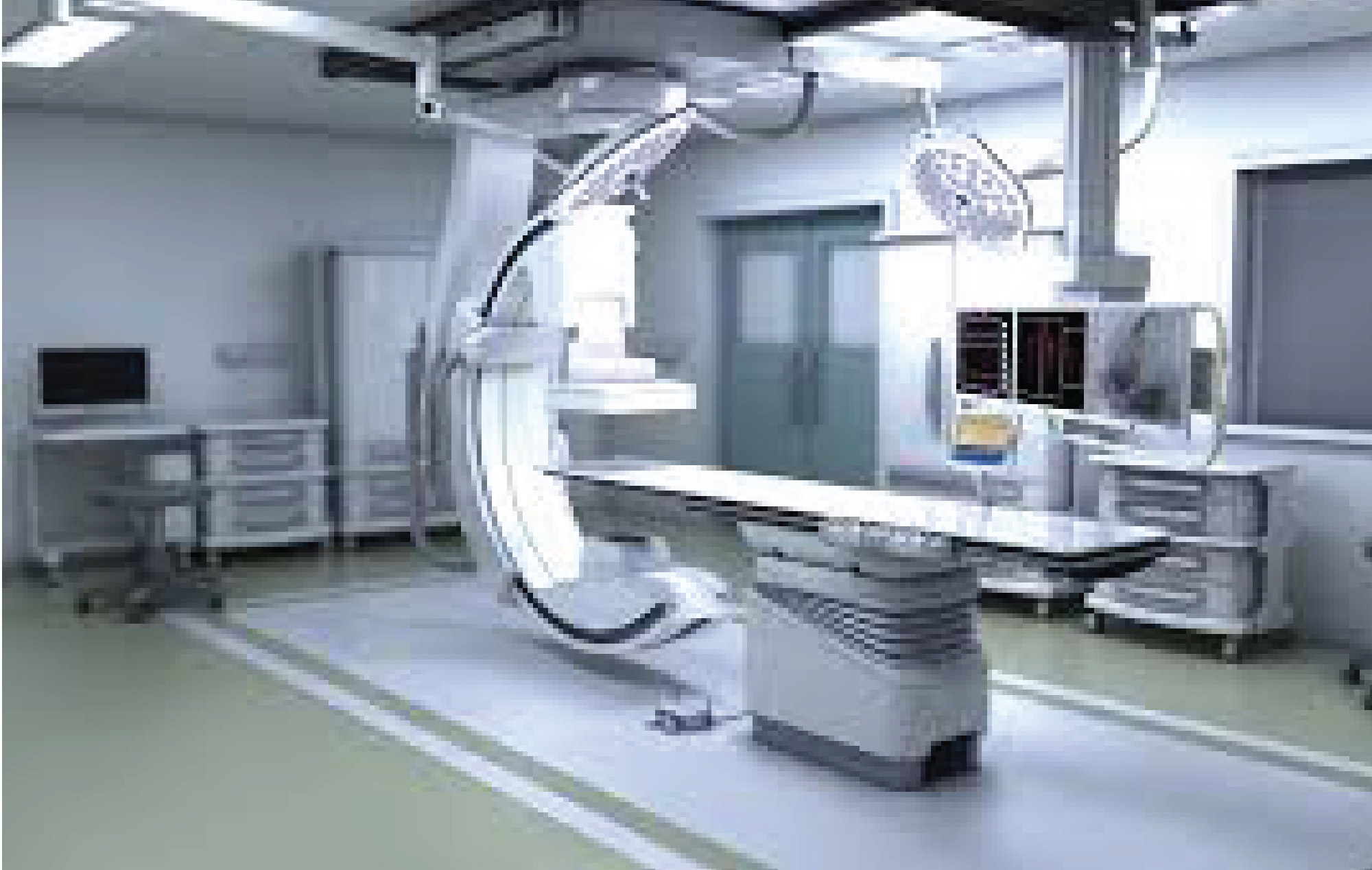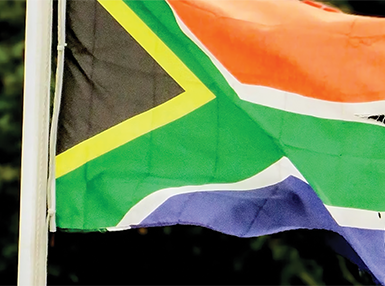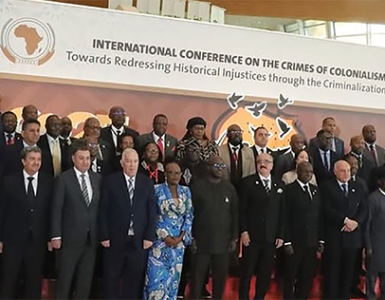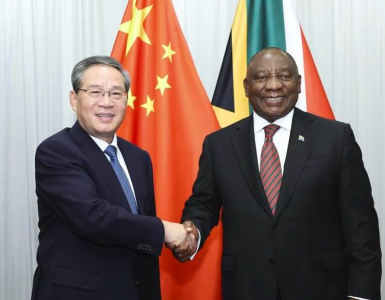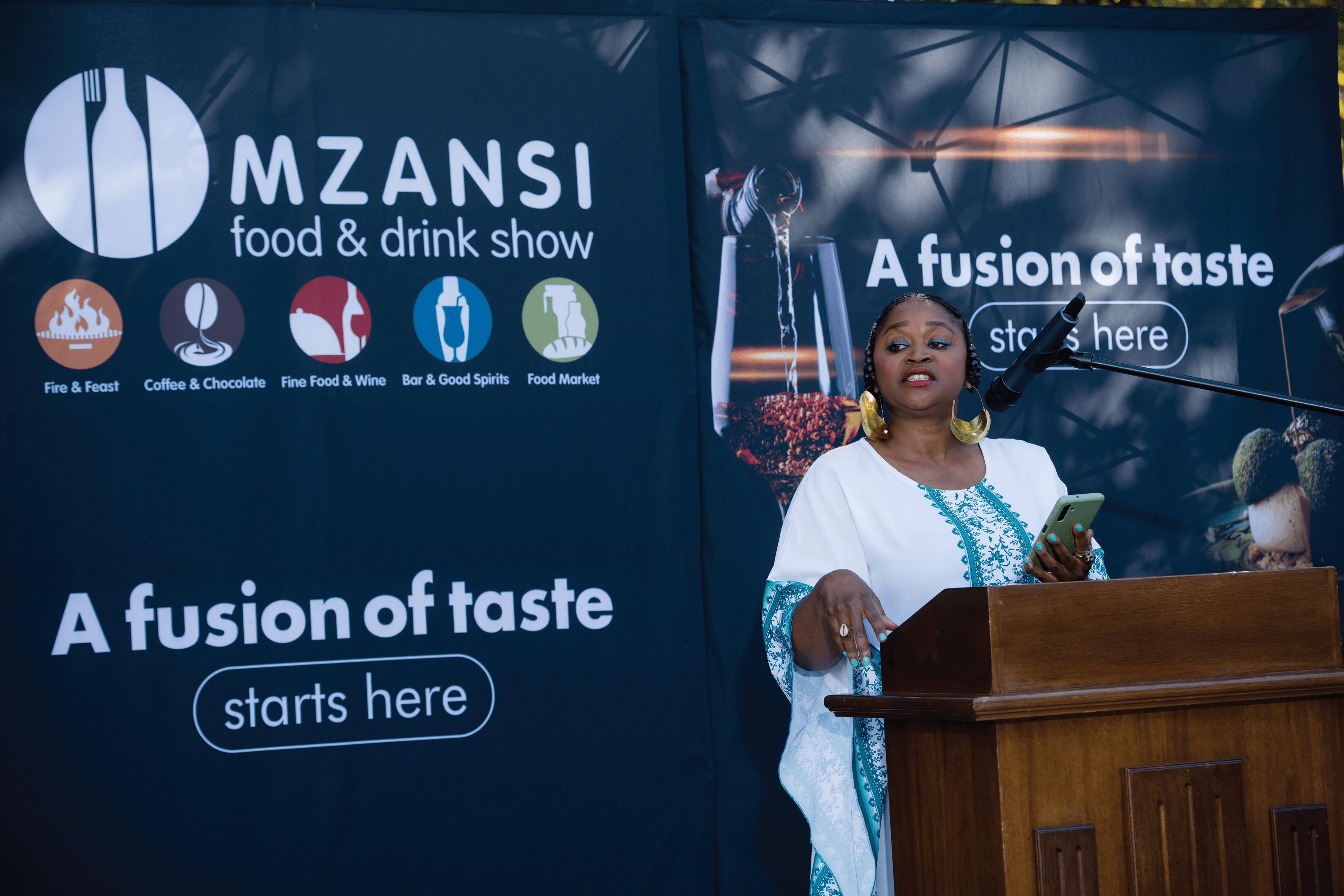SURVEY REVEALS NEW SPECTRE: The results showed that of every 10 people with TB who were surveyed, six were not detected by the standard method of screening, but were identified by the digital chest X-ray alone…
We all know that we are living in unusual times. We now have what is called a ‘new normal’. A normal that requires all of us need to wear a mask, to keep a distance of 1,5m between each other and to keep washing our hands so that we can help prevent the spread of COVID-19.As well as new challenges, we have very old challenges too – the oldest being Tuberculosis(TB), to which the month of March is dedicated throughout the world every year, and remains South Africa’s leading cause of death from infectious disease.
Of serious concern is that South Africa is one of the eight countries that contribute two thirds of the global TB burden. The World Health Organization estimates that 58 000 people died of TB in SouthAfrica in 2019. That is, about 160 people a day. It is the equivalent of an aircraft crashing into the sea every single day. Our ‘new normal’ therefore needs to include a response to these old challenges. Nearby you will see a container. It houses one of our new responses to TB – a digital chest Xray technology.
This is the result of partnerships between the national and KwaZulu-Natal departments of health, international donors, through the Global Fund to Fight HIV, TB and Malaria andNGO, TB HIV Care. Let me tell you why this is such a powerful tool. In February this year, our Minister of Health,Dr Zweli Mkhize, announced the results of the National TB Prevalence Survey, the aim of which was to find out how many people in South Africa have TB.
To screen everyone who participated in the survey, the researchers used the standard symptom screen as well as digital chest X-rays. The results showed that of every 10 people with TB who were found by the survey, 6 were not detected by the standard method of screening, but were detected by the digital chest X-ray alone. We are, therefore, very hopeful that this technology can help us to find more people who have TB. We need to find more people with TB because the WHO calculates we missed 154 000 people with TB in 2019. The WHO estimates that 58 000people died of TB in South Africa in 2019.
That means people remain sick, they do not start treatment which would make them non-infectious to others, and they may become part of that aircraft crashing into the sea every day that I spoke about earlier. South Africa identifies a gap between the number of newly notified TB clients and the estimated burden. That led to the development and implementation of the “finding the missing patients”strategy which aims to diagnose and link into care patients who would ordinarily be missed in the primary health care setting or/and those who are high risk but are asymptomatic or have mild symptoms, and thus do not seek care early. The recently published South Africa TB prevalence survey reported that 57% of patients diagnosed with TB in 2018 were asymptomatic and had abnormal chest x-ray.
Tools like this digital chest X-ray can help stop that. Instead of needing a referral from a medical doctor, anyone can come to this container to be screened for TB. So how would that process of having an Xray work? Anyone who comes to the container will have their information noted down, and an enrolled nurse will open a file for them. You will then be given a special gown and a private place to put it on. You will then need to stand very still in front of the X-ray machine while the radiographer takes a
picture of your chest. Computer software then helps the radiographer to interpret the results of the X-ray. If your X-rayi s normal, no further testing is required. You do not have TB. If your X-ray is abnormal however, you will be asked to provide a sputum sample for further testing, and then sent your results a few days later.
This process will take approximately 10 minutes. The machine uses a small amount of radiation to take the picture and this means that you cannot come back frequently or every month to do the test but in six months unless you feel sick. We know that people are sometimes afraid to be tested for TB because they are worried about people will say.
I would like to encourage you to remember that there should be no stigma associated with having TB. Anyone can get TB. Former President Nelson Mandela was a TB survivor. Prince Nhlanganiso Zulu is a TB survivor. Do not let fear keep you from being healthy. Let me remind you of the symptoms of TB – weight loss, coughing, night sweats and fever.If you have one of these symptoms, or have been in contact with someone who has TB, please do get checked for TB.
Take advantage of the services that are available to you. As we all start living our ‘new normal’, we need to make changes in how we do things and how we think about things. Although TB is an old challenge, I would like to ask you all to start thinking about it in a new way– as something that can affect any one of us, but also, as something we can beat. If we take care of our health, and if we, like all of these partners gathered here today, all work together we can end TB. We hope that the community with take up this service and help in early TB detection which in turn will reduce severe disease, death as well as prevention of the spread of infection.

• Prof Phetlhu is a TB program manager at the TBHIV Care organization. This is her abridged speech delivered at a function to launch the new TB digital-X ray technology in KwaZulu-Natal.

